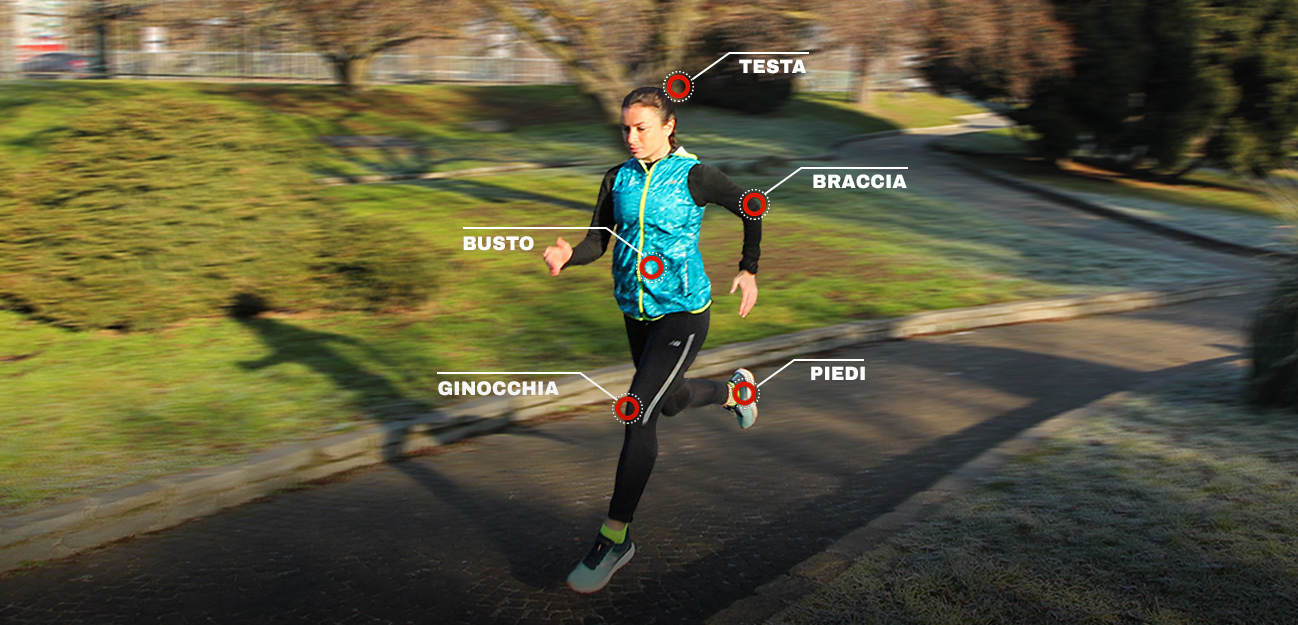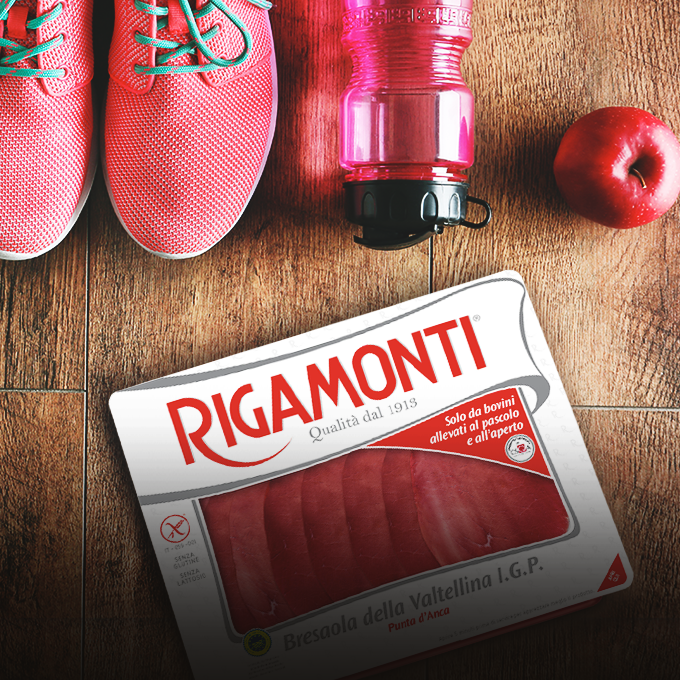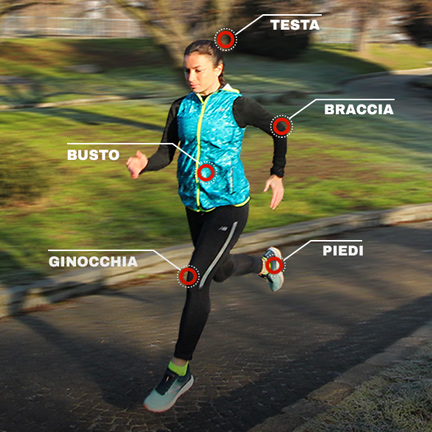FITNESS
Running techniques
FITNESS

The first rule a runner has to learn is that there is a technique to running.
We understand this when we are comfortably sitting in front of the TV to enjoy a spectacular track and field race, and admire Bolt’s formidable feats. We watch as the athletes sprint away from the starting blocks, impressing the speed of a car onto their body: the torso is forward, the knees lift and the feet almost bounce off the track, resting on the toes. Not even the time for the heel to go down and the foot is already in the air again. Arms at right angles that push, hands that reach in front of the face, one body that stretches towards the finishing line.
We turn off the TV, slip on our running shoes and go for a run in the park. We start off slowly, paying little attention to the stopwatch. The feet rest lightly on the tarmac, the arms are blocked and remain folded at the sides, the head sways as we listen to music.
What makes us like Bolt at that moment? We are running.. but it’s like we are doing a totally different sport.
The truth is that each time we start our run, we have to think of Bolt and try to learn from his movements. While we cannot be as fast and strong as him, we can still try to improve our running.
Here are a few nuggets of advice to run more efficiently:
- the first rule is about the arms. “But don’t you run with your legs?” Of course, yet the first movement we have to learn relates to the trunk. The arms have to go forward and back in parallel to the body, like two pendulums. The hands have to be strong, but not extended and push forwards not sideways. The elbows should be bent, but not too much, let’s say 100°. The shoulders should be lowered and relaxed. Think of your arms like the wheels of a train moving forward. Pushing well with the arms means making less effort from one side and the other, the correct movement prevents accidents to shoulders and back.
- Let’s move on to the torso. The torso is erect, not inclined. When you watch Bolt you’ll see that, while his torso is pushed forward, it is aligned with the legs. The back must be erect and supported by the abdominal and dorsal muscles. The chest pushes forward, but the back is straight and not hunched.
- The third point relates to the feet. The feet are the pistons of your car and push upwards. Like Bolt, the push starts from the forefoot and moves forward. This does not mean that you have to rest just the tip of the foot, rather, that immediately after having rested the heel and sole, the toes and metatarsus push forward. The full movement of the foot, from the heel through to the toe is called rolling. The rolling must be complete, or rather, the foot rests and pushes in this order: first heel and foot centre, then the weight moves forwards and forefoot and toes complete the push.
- The knees. Many runners economise on the movement of the knee. During the stride the leg has to rise, making the movement start from the knee. Imagine being a puppet and having your knee attached to a string. When you have to take a step, the string pulls the knee upwards, the leg rises and goes forward. We are often subject to the mistake of making the movement start from the buttock, which risks contracting due to the unnatural movement and, consequently, the blow impacts on the hip joint instead of on the knee, risking inflammation of the back.
Finally, the head. The head and gaze should precede you, don’t look down and don’t make the head sway from one side to the other. Cut down on unnecessary movements. The head is fixed forwards for safety reasons – if you look down you will not be able to see any bicycle or lamppost in your path – or to prevent an inflamed neck: the impacts of running must be absorbed by the ankles and knees and, only subsequently, by the back. If your head moves around you risk making reckless movements and that the blow will be absorbed by the cervical vertebrae which are very delicate indeed.
In general, even if you are a beginner, your running technique is what will help you to avoid accidents and to run better. Imagine you are Bolt and learn from Olympic athletes: running is certainly a matter of talent, but also of technique.
Are you ready for your next run? Try this advice and you will be amazed!






